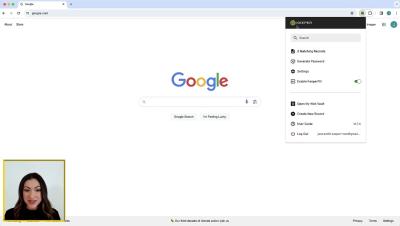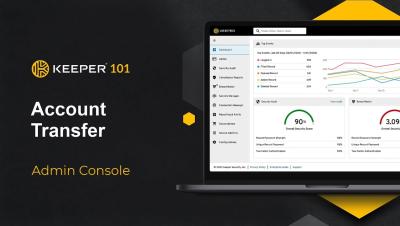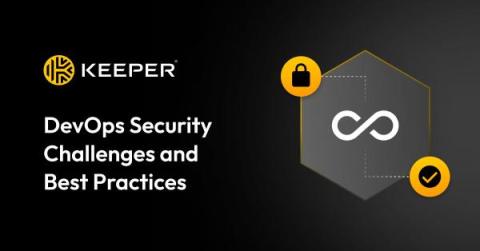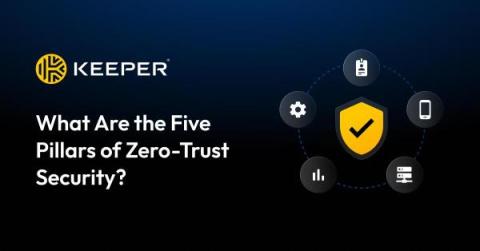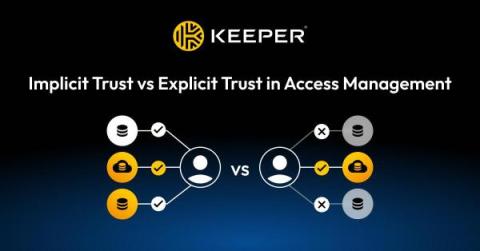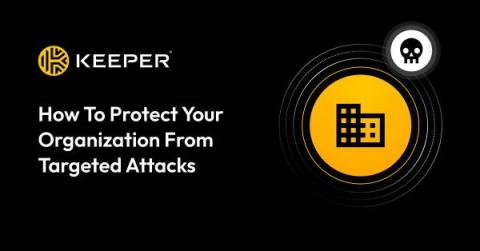Keeper 101 - How to Autofill Passwords and Forms With KeeperFill
Introduction KeeperFill is Keeper’s powerful, autofilling feature that works across all devices, allowing you to automatically and securely enter your usernames, passwords, passkeys, 2FA codes and more. I KeeperFill is available for every web browser including: Chrome, Firefox, Safari, Edge, Opera, Brave and any other Chromium-based browser.


